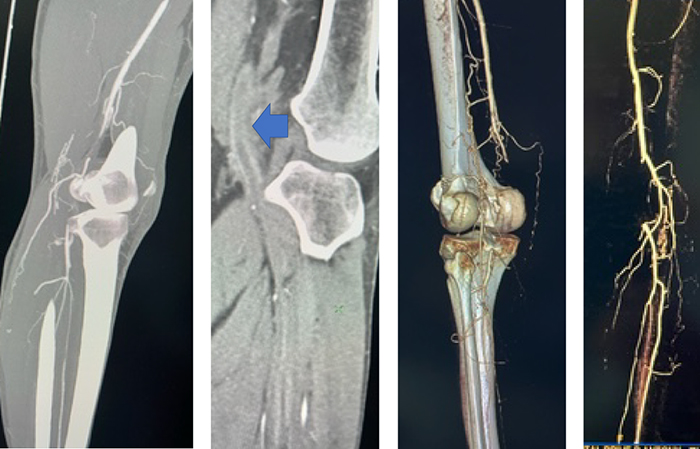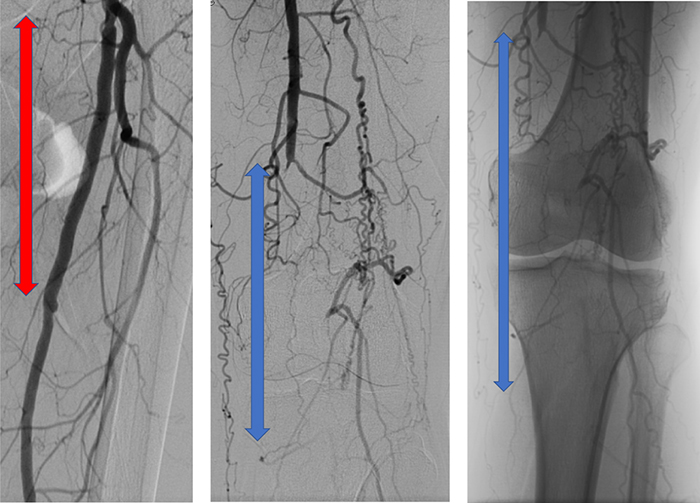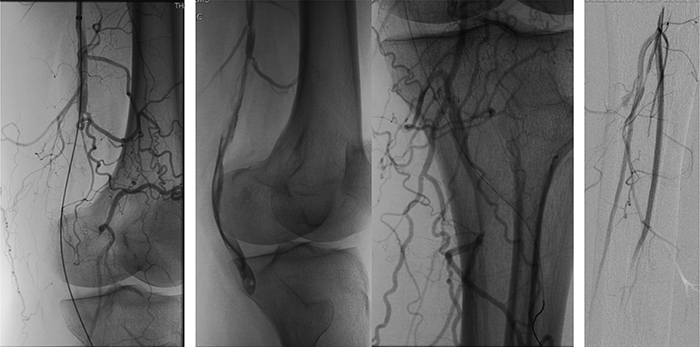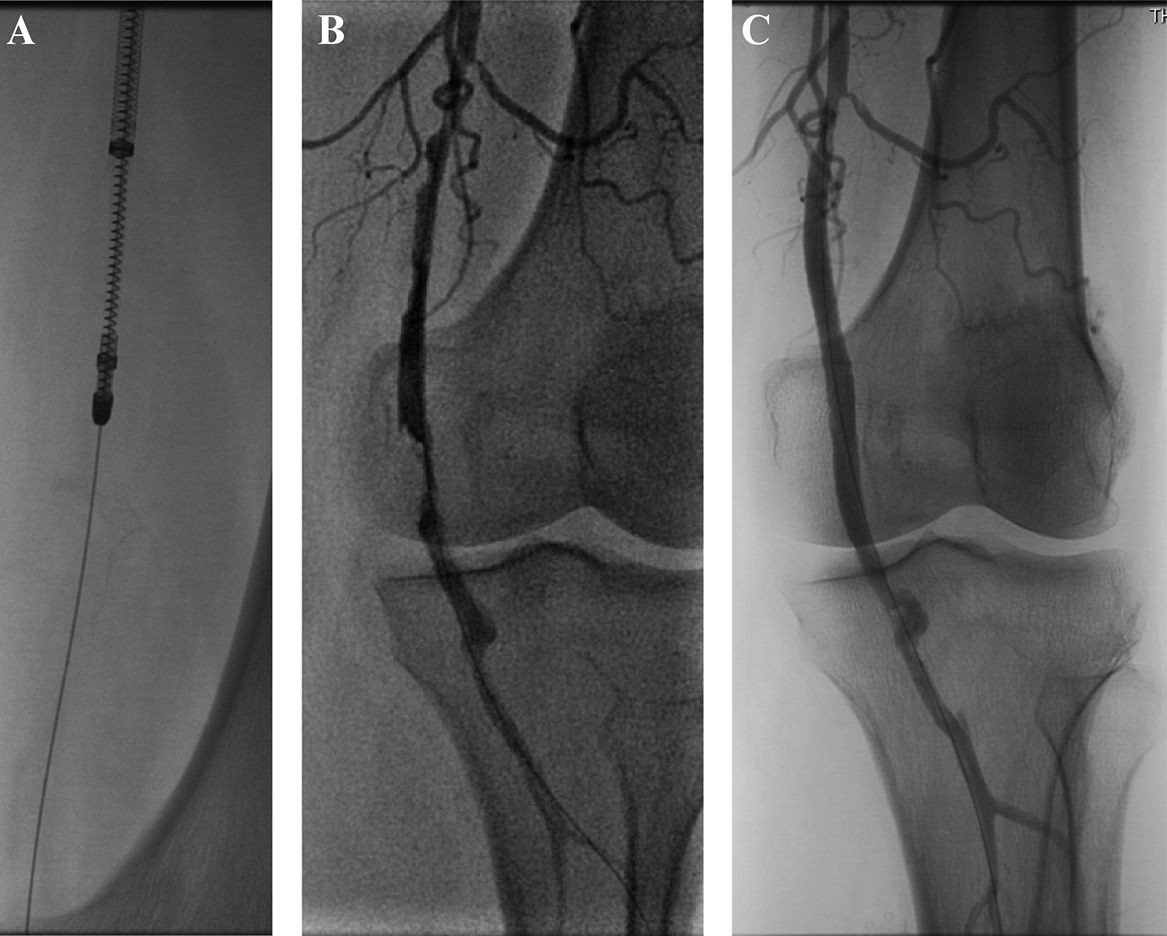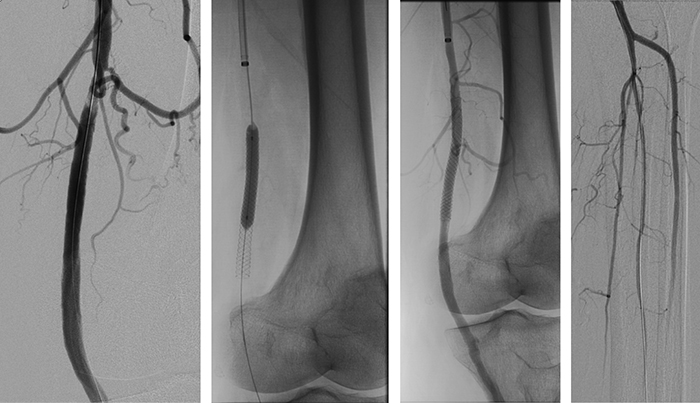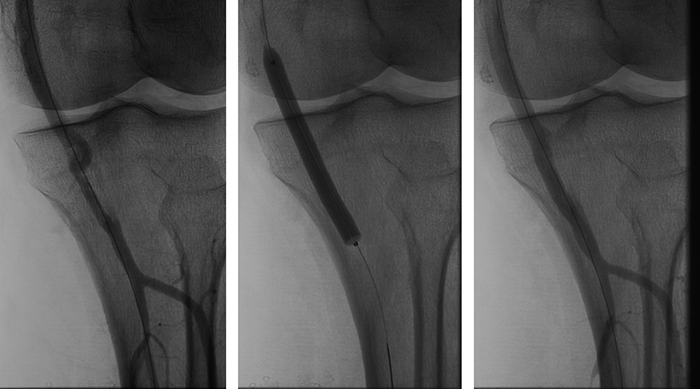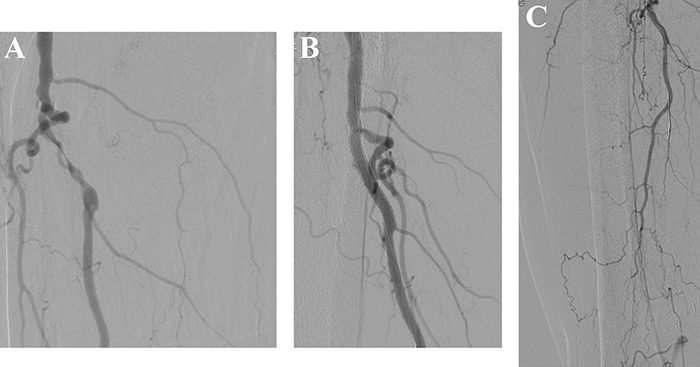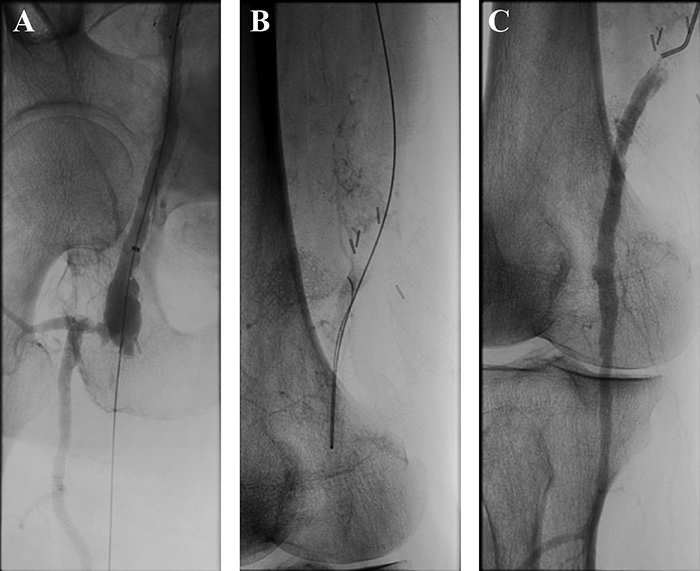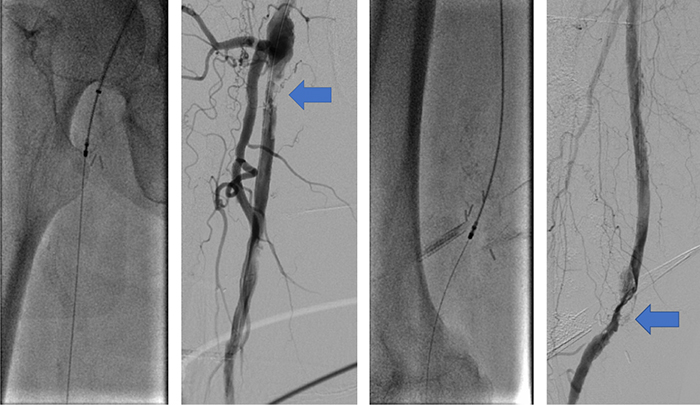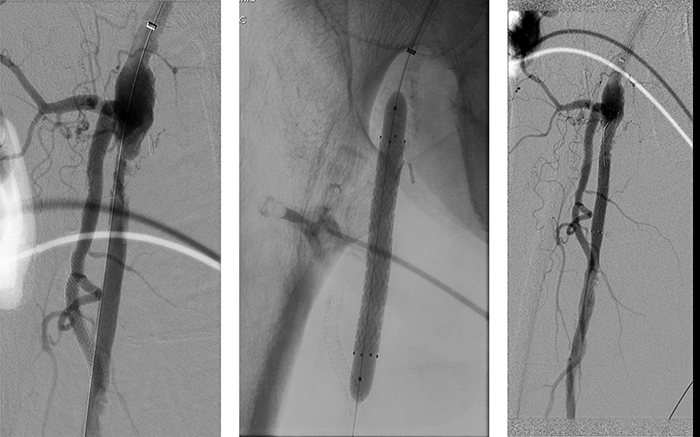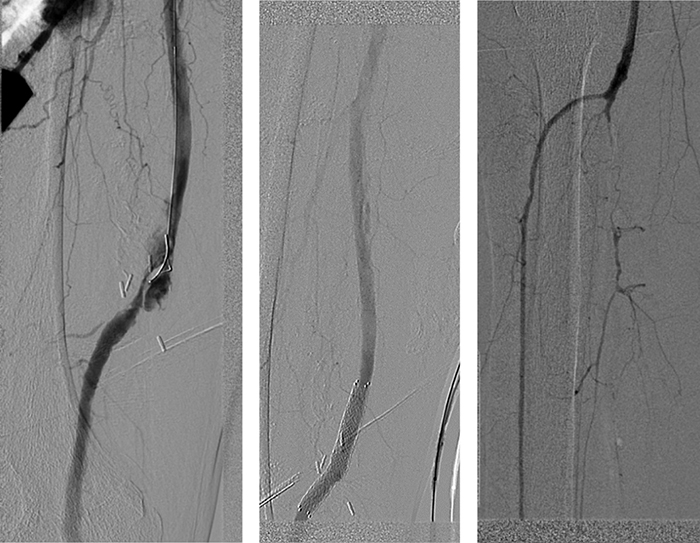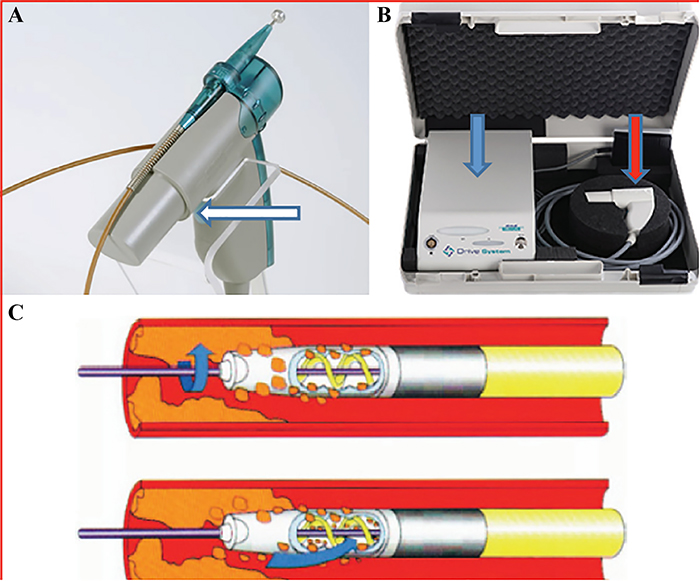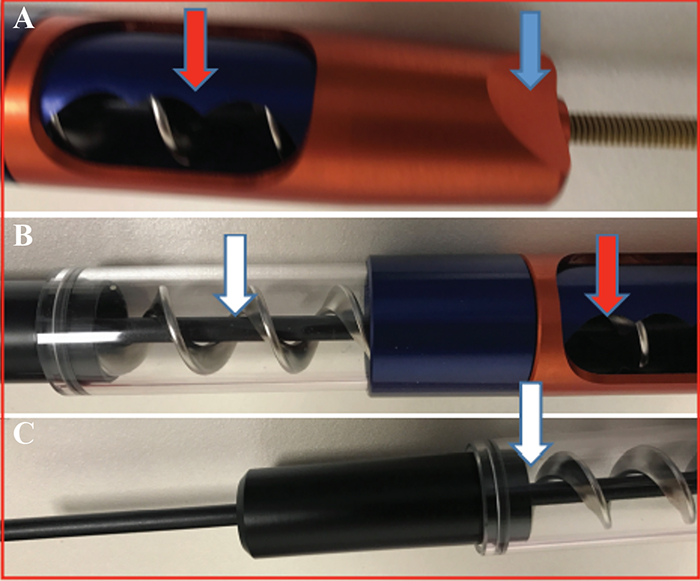Sang Thrombose Vaisseaux
MENUOcclusion of femoro-popliteal bypass: treatment by percutaneous mechanical rotational thrombectomy using Rotarex® Volume 35, issue 1, January-February 2023
Figures
- Key words: femoro-popliteal bypass, mechanical thrombectomy, Rotarex® catheter
- DOI : 10.1684/stv.2023.1237
- Page(s) : 35-43
- Published in: 2023
Illustrated with two case reports, we have reviewed the contemporary clinical data regarding the safety, the efficacy, and the outcomes of percutaneous mechanical rotational thrombectomy (PMT) therapy using Rotarex® catheter in acute and subacute femoro-popliteal bypass thrombosis. This approach has various advantages: minimally invasive, easy to use, short procedural time, reduced thrombus burden, low complication rate, no vessel wall damage, successful in restoring vessel patency, unmask underlying lesions, short hospital stay, and no intensive care unit stay. PMT with the Rotarex® system appears to be an effective alternative in the treatment of acute and subacute femoro-popliteal bypass occlusions compared to established therapies, such as vascular surgery and local lysis.


